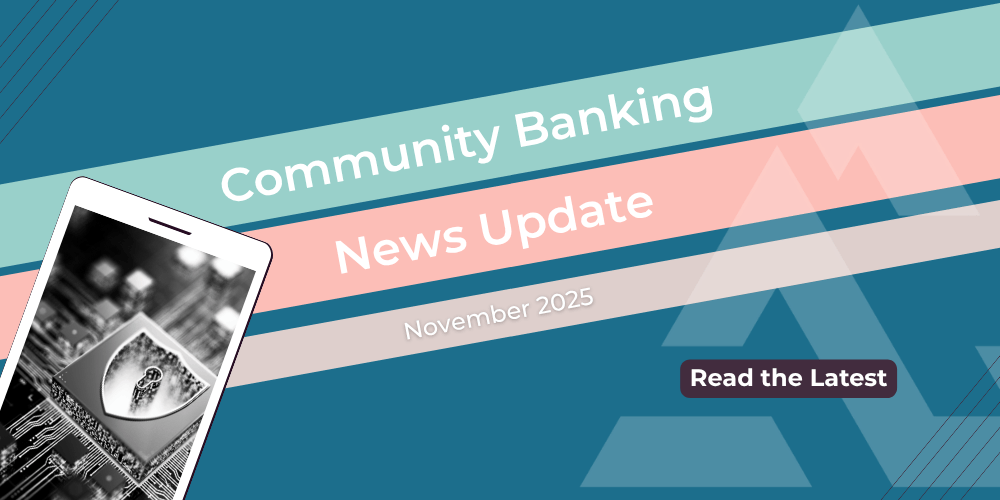Top three reasons why banking data exchange methods need to be modernized
In today’s fast-paced financial world, how data moves is just as important as the data itself. Financial institutions handle massive amounts of transactions, customer records, and regulatory reports — all of which need to be exchanged quickly, securely, and accurately.
So, how does this data exchange move between systems? And why does it matter for your bank or credit union when it comes to cross-border payments and correspondent banking? Let’s break it down.
How financial institutions exchange data
There are two main methods of exchanging data:
File Transfers – The Traditional Approach
Think of file transfers like emailing an attachment. You create a document, save it as a file, and send it off. In banking, transaction data works the same way — files are sent in Fed or SWIFT formats to move payments and reconcile accounts.
While file transfers have been the standard for years, they come with security risks and operational inefficiencies, which we’ll explore shortly.
APIs (Application Programming Interfaces) – The Modern Solution
APIs function more like a shared Google Sheet. Instead of passing files around, APIs connect systems to each other, and the data is updated in real-time across linked systems. APIs send commands to add, edit, delete, and export data across those systems seamlessly.
Data exchange modernization in banking: 3 key reasons
Now that we understand how data moves, let’s explore why data exchange using modern methods is so critical for financial institutions.
1. Security: Keeping Data Out of the Wrong Hands
Security breaches in financial services often stem from human error. With file transfers:
- Too many people have access to sensitive data.
- One misdirected email can expose critical information.
- Even if you encrypt an email, the file itself might still be at risk.
APIs remove these vulnerabilities by taking people out of the equation. Instead of employees manually sending files or re-entering data into multiple systems, APIs allow machines to handle the process securely and automatically.
For example, when a customer taps their phone to make a payment, how does that transaction instantly reach your core banking system? APIs. They ensure data stays encrypted end-to-end, so it’s never exposed.
2. Compliance: Preventing Costly Errors and Violations
Regulatory compliance is a major challenge for financial institutions. When relying on manual processes:
- Data can be altered — whether by accident or intentionally.
- Missing fields in a transaction can cause compliance failures.
- Files can be sent with errors, leading to regulatory penalties.
APIs eliminate these risks by automating compliance checks. Unlike file transfers, which can be edited or skipped over, APIs enforce rules in real time — ensuring:
✔ Required fields are always filled
✔ Transactions cannot be altered after approval
✔ Every step follows regulatory guidelines
In short, APIs don’t leave compliance up to chance — they build it into the process.
3. Operational Efficiency: Reducing Manual Work and Errors
Your operations team already has enough on their plate. If they have to manually key in transactions across multiple systems, it’s:
❌ Slow and tedious
❌ Prone to human error
❌ A waste of valuable resources
Both file transfers and APIs can help eliminate manual work, but APIs take it a step further by fully automating the process. This means:
- Transactions move seamlessly between systems without manual entry
- Approval workflows are streamlined
- Errors are drastically reduced
By adopting an API-driven approach, banks and credit unions free up their teams to focus on high-value tasks—rather than spending hours on data entry.
How Acceleron can help with data exchange in banking
At Acceleron, we help financial institutions modernize their data exchange with API-driven solutions. We can:
✔ Move cross-border payment data via API to various systems seamlessly
✔ Improve compliance by enforcing required fields and security standards
✔ Streamline operations by eliminating manual entry
If your bank or credit union is still relying on outdated file transfers and manual processes, it’s time to make a change. Let’s connect and discuss how we can help you transition to a faster, more secure, and fully automated data exchange process.
Acceleron builds patented software that allows community banks and credit unions to conduct cross-border payment transactions profitably through a foreign exchange marketplace. Serving over 200 financial institutions and facilitating more than $1 billion in international payments annually, Acceleron helps small banks generate non-interest income and compete more effectively with high-fee big banks. Our digital correspondent banking solutions and international payments automation integrate seamlessly with top payments platforms, ensuring quick API integration for banks.
Subscribe to our monthly newsletter, "The Exchange," to stay ahead of the curve and get original content you won't find anywhere else!
 Damon Magnuski, CEO, Acceleron
Damon Magnuski, CEO, Acceleron




